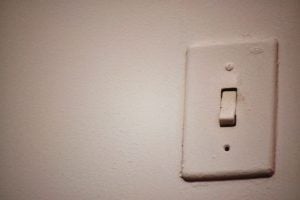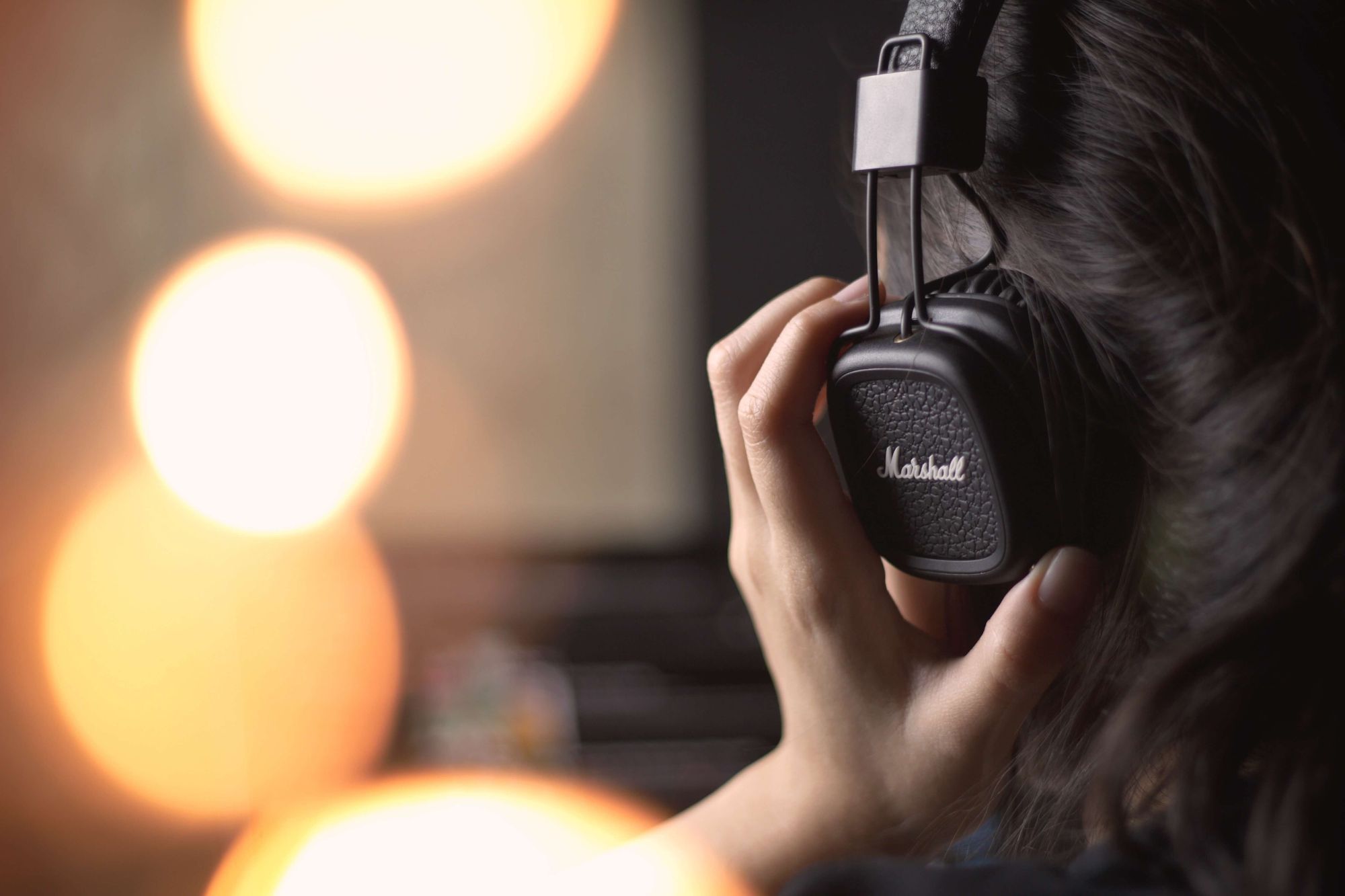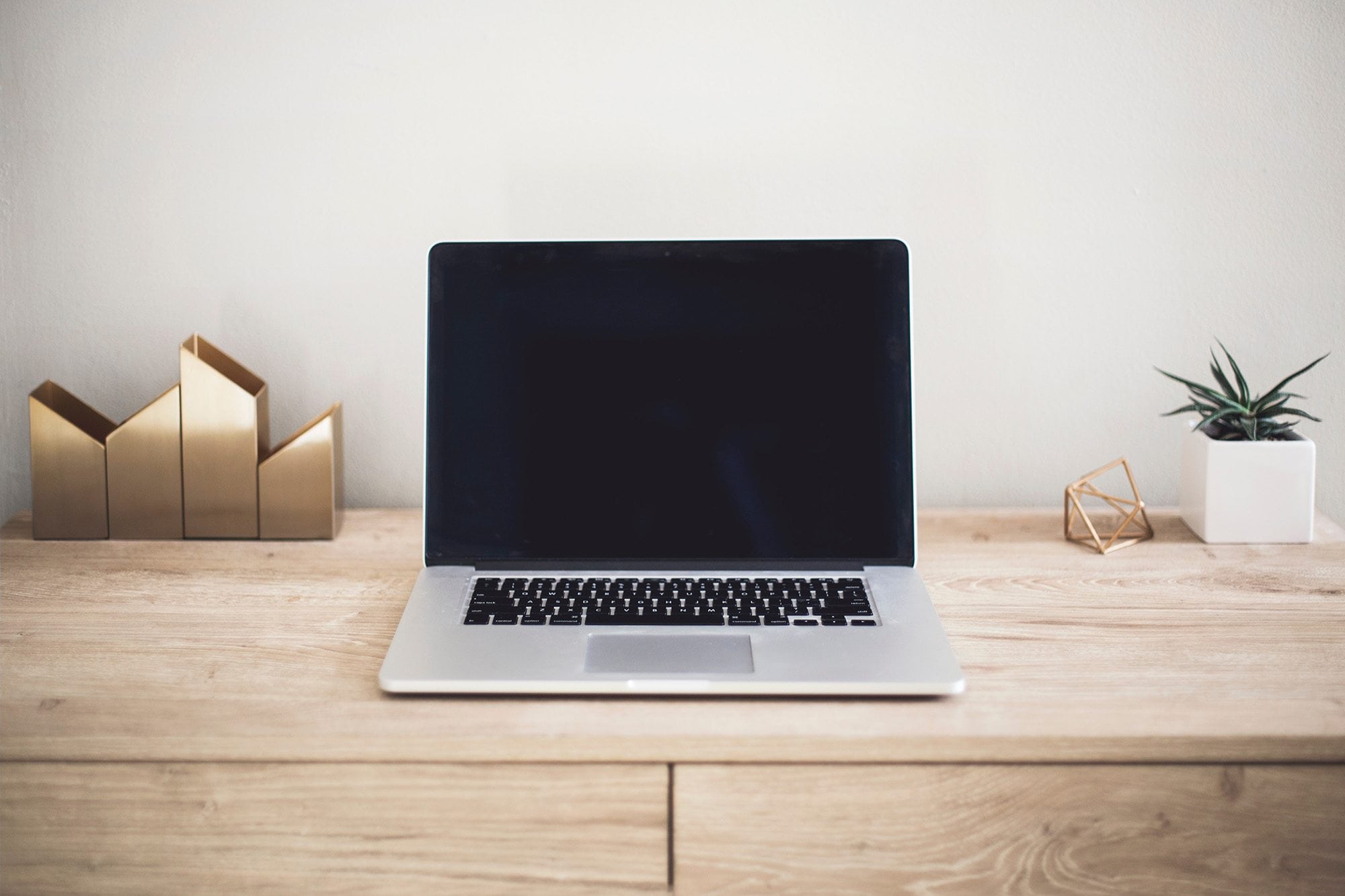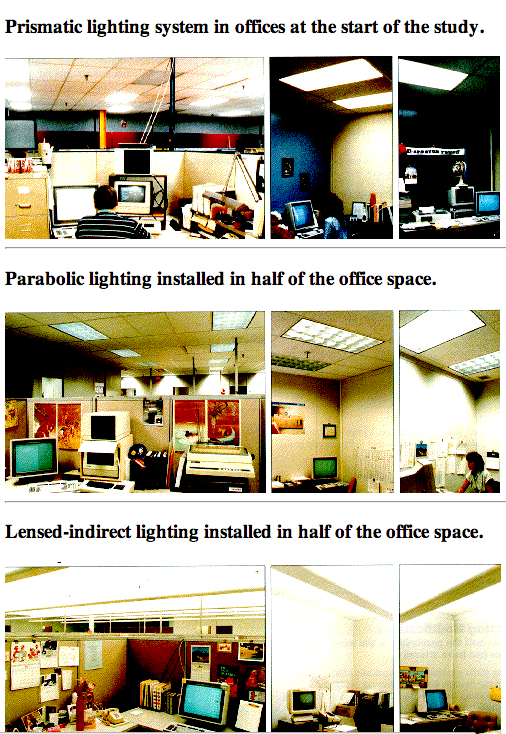The Science of How Temperature and Lighting Impact Our Productivity

Recently I sat down with Brendan Baker, one of the smartest people I’ve come across here in Silicon Valley. Clearly his brainpower exceeds mine by far and Brendan started explaining about a few things that I somehow always deemed true, but could never quite back up with great arguments or put my finger on:
“Your environment has a huge impact on how productive you are. That means the temperature in your room, the colour of your walls and the noise happening around you. There are lots of great academic papers on this, I’ll send them to you.”
Right then, after chatting with Brendan, we went away to make a lot of changes in the Buffer office. We rearranged furniture, bought new lights, heaters and more. I knew that the insights would lead to me making a lot of changes to my environment.
Turning this all into a blogpost with the most interesting aspects seemed only natural to me. So without further ado, here are the insights on how we can adjust our environment for better lighting and temperature to be more productive:
Natural lighting vs. artificial lighting: How our bodies and brains react differently
One of the most striking discoveries I’ve recently had was the difference between daylight and artificial light. Of course, I could only talk about this from my own experience without having any research to back it up.
So in an incredibly interesting recent study, scientist Mirjam Muench tried to find out about exactly that. They compared two groups of people, one being exposed to daylight, the other to artificial light over the course of several work days. Here is the outcome:
“Compared to the afternoon, people who had DL (Daylight) were significantly more alert at the beginning of the evening, and subjects who were exposed to AL (Artificial light) were significantly sleepier at the end of the evening.”
On top of “sleepiness”, which most of us could probably deal with is the fact that our cortisol levels drop significantly under artificial or poor lighting conditions. That means that we’ll be more stressed, and have less ability to stabilize our energy levels. Here is how a normal cortisol level flow should look like:

So, being exposed to dim light as well as too much artificial light makes both sleepy and also more stressed in the long run. I believe that’s one of the most powerful things to remember. Similar to the science about sleep, paying attention to these rhythms can transform your productivity for the better, not just give you a slight advantage.
Why are cold working environments so harmful for our productivity?
The last thing anyone thinks of when trying to get more done every day is to turn up your thermostat. And yet, that might just be the answer. If I think back, being in a cold environment is definitely one of the memories I remember myself the least productive.
And an awesome study from Cornell examined exactly that, coming to a frightening conclusion. They tested different office temperatures at a large Florida insurance company and this is what they found:
“When temperatures were low (68 degrees or 20 degrees Celsius) employees made 44% more mistakes than at optimal room temperature (77 degrees or 25 degrees Celsius).”
Now, the problem isn’t just that if you are cold you feel uncomfortable, the study points out. The problem is that you are distracted. If you are feeling cold, you are using a substantial amount of your energy to, well, keep warm.
A lot less of your energy goes towards concentration, inspiration and focus. And yet, that’s not all.
Warm environments don’t just make us more productive – they also make us happier
A warmer environment doesn’t just make us more productive, it also makes us genuinely happier:
“People were asked to rate the efficacy of heating pads or ice packs and then answer questions about their employer or a hypothetical company. Those who got their hands warm expressed higher job satisfaction and greater willingness to buy from and work at the made-up companies.”
The reason is quite obvious in hindsight. Our brain has difficulty in differentiating physical sensations with psychological ones. This becomes even more clear when considering Bargh’s research of our brain after cold and warm encounters:
“The warmed subjects were also more likely than the cold ones to offer to a friend the prizes they received for participation, suggesting a possible overlap between the neural centers of trust and physical comfort.”
This is extremely interesting I thought. Our brain really doesn’t see a difference between any physical warmth and psychological warmth. It definitely made me turn up the heat slightly, just as I was writing this. On top of just turning up the heat though, what can we do to take advantage of these findings?
3 best ways to control your environment for more natural light and warmth
With all this evidence about how more natural light and better room temperature can help us be more productive, it seems that most of this isn’t quite in our reach to change. If we are working in a large office, how can we just change the whole room to a spot where more natural light reaches us? And yet, there are fortunately still a great amount of things we can do to take advantage:
- Wake up before the sun rises: Muench’s research shows that even just getting a few extra hours in natural daylight can help our cortisol levels to be more naturally adjusted. We often forget that we wake up a few hours after sunrise. If you wake up at 8am in the summer, that’s 2-3 hours of daylight that you don’t let your body consume. Try switching it up and wake up just before the sun rises so you can grab more of the precious daylight.
- Bring your own moveable heater: A lot of the time, even if you have the ability to change the thermostat in your office, chances are that the warmth doesn’t get evenly distributed across the room. Bringing your own, small moveable heater lets you erase the problem once and for all. In fact, having a small heater at the Buffer office made a big difference as some people sit closer to the central heater than others.
- Focus on lensed-indirect light: Of course our first choice should be optimizing our home and office for natural lighting. In case that’s not possible, trying to get away from direct light and focusing on lensed-indirect light instead can make a big difference for your productivity and alertness. It means a bright, almost daylight-like lighting environment, that still doesn’t strain your eyes with direct light. Here is the difference in pictures from a Cornell study:
Quick last fact: A long hot bathe helps us become a warmer and more welcoming person
As a quick last fact, that I found incredibly interesting when researching for this article was this:
“People who take long, hot showers or baths may do so to ward off feelings of loneliness or social isolation.” John Bargh, Yale University
The reason is very interesting. We can substitute social warmth, that we might be lacking on a given day, with physical warmth, meaning a hot shower. Our brain sees little difference between the two, says John Bargh in a most amazing study at Yale.
Over to you now. How is the lighting and temperature situation in your office or home? Have you made any adjustments in the past that helped boost your productivity levels? I’d love to hear your findings on this, especially as I’ve started to experiment a lot more with this at home and at the Buffer offices.
Photo credit: mjp*Idea credit: Brendan Baker
Try Buffer for free
140,000+ small businesses like yours use Buffer to build their brand on social media every month
Get started nowRelated Articles

How to source the best audio clips for your TikToks while they’re still popular, plus examples of TikTok sounds with staying power.

This article looks into social media benchmarks for various industries and platforms.

Pinterest is such a great platform for finding inspiration or researching brands and products.. With more than 498 million users and over 1.5 billion Pins saved every week, there’s always something new to cook, craft, buy, read, or be inspired by on the social network for visual content. For businesses or individuals looking to build or grow a presence on Pinterest, consistently posting valuable and interesting Pins is a great Pinterest marketing strategy to help people discover and share your
